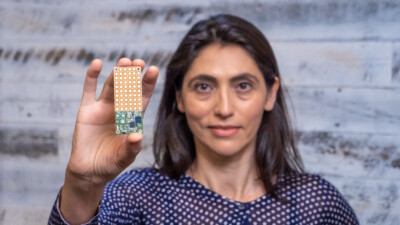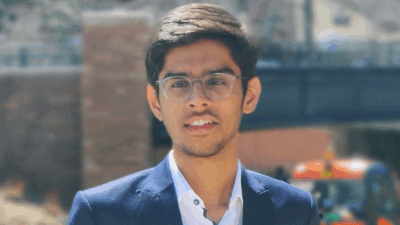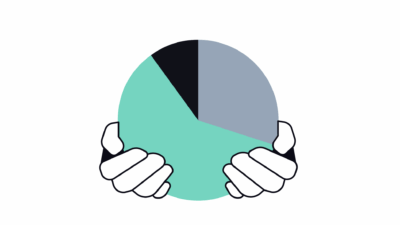Leading by example, Danna Jensen has taken Certus to the next level of consulting engineering.
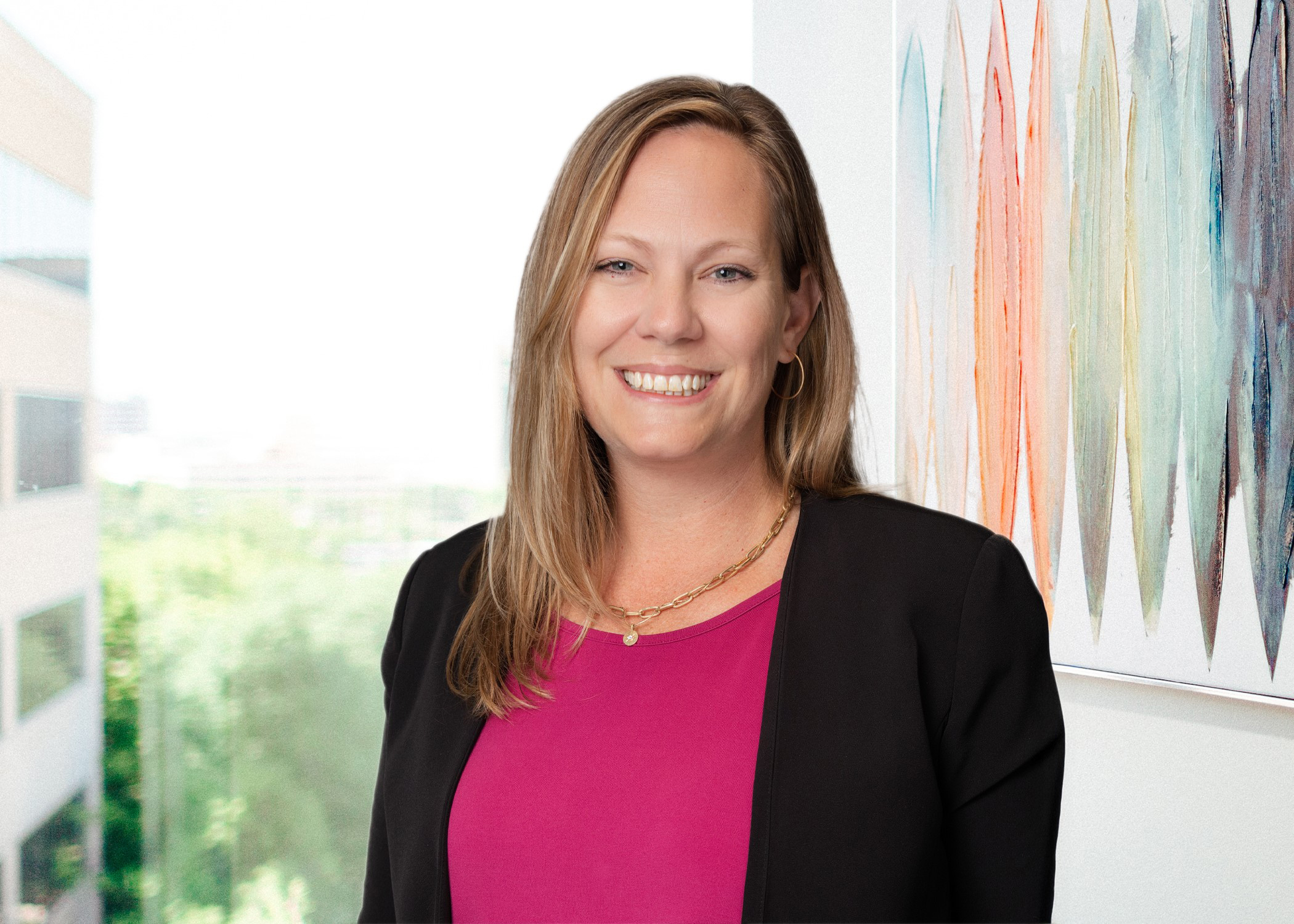
Danna Jensen, PE, LEED AP, is one of the founding principals of Certus Consulting Engineers. With more than 25 years of experience in the consulting engineering field, she has extensive experience in the design of reliable and efficient electrical systems for complex healthcare projects. She brings large-scale technical expertise and innovative concepts to her role at Certus, where she focuses on advancements in engineering and technology.
Jensen loves that the technical nature of electrical engineering design means no project is ever the same. Her favorite Certus core value is “We work with integrity,” which embodies her everyday approach to life and business, and she’s honored to use her problem-solving skills to indirectly impact the important work healthcare professionals do every day. Jensen was a 2009 Consulting-Specifying Engineer 40 Under 40 winner.
What first drew you to engineering? Why did you decide to specialize in electrical engineering?
I initially thought I wanted to be an architect because I loved both art and mathematics. But after a tough first “crit” in the architecture program at Kansas State University, I quickly realized that architectural design was not my gifting.
At the same time, I asked my college counselor if I could take Calculus III as an elective. She literally laughed because the architecture degree I was pursuing only required College Algebra, which I had completed in high school. When she realized I was serious, she introduced me to the architectural engineering program. I had never heard of it, but it was the perfect fit, combining my love of buildings with the logic and structure of engineering. I switched majors the following semester, and that decision shaped the rest of my career.
Were there any influential engineers who helped shape your decision to become an engineer? Who and how?
My father is a civil engineer, and my mother worked at both an engineering firm and an architectural firm while I was growing up, so I was surrounded by the industry from an early age, though I didn’t fully realize the impact it had on me at the time. They both encouraged me to pursue a path that combined my strengths in a science, technology, engineering and math (STEM) field and my creativity.
It was actually some of my mom’s colleagues who recommended Kansas State University for its strong architectural program. That suggestion got me in the door, but it was my parents’ ongoing support and my dad’s example as an engineer that ultimately guided me to switch into architectural engineering and find the path that was truly right for me.
Describe your involvement in a building design project that went well. How did you work with/mentor others on your team through the projects?
One of the first large-scale projects we were awarded after launching Certus was part of a major expansion for a large hospital campus that included a new five-story patient tower housing inpatient beds as well as full emergency and radiology departments. The project was delivered through a strategic design-assist/integrated approach, which was critical due to the aggressive schedule and the ongoing supply chain issues and lead time delays we faced in the wake of COVID.
As one of the principals in charge and senior electrical engineer, I was responsible not only for planning the electrical infrastructure to support the new facility, but also for leading the integration and coordination with trade partners and driving communication between teams.
Throughout the project, I worked closely with both junior and mid-level engineers on our team to guide them through the technical challenges and client coordination efforts. I made a point to involve them in meetings so they could observe the collaborative process firsthand and begin developing their own leadership skills. I provided regular check-ins and coaching moments, and encouraged them to take ownership of specific aspects of the project with the understanding that I was there to support them if questions came up. This approach helped them grow technically and professionally, while also ensuring the project had consistent, high-quality execution across all phases.
What made this project especially successful was the close collaboration between the owner, design and construction teams. This allowed for real-time problem solving, close coordination across disciplines and efficient, informed decision-making. The success of this project has opened the door to additional work on the campus, including a master planning effort to guide the hospital’s growth over the next 20 years.
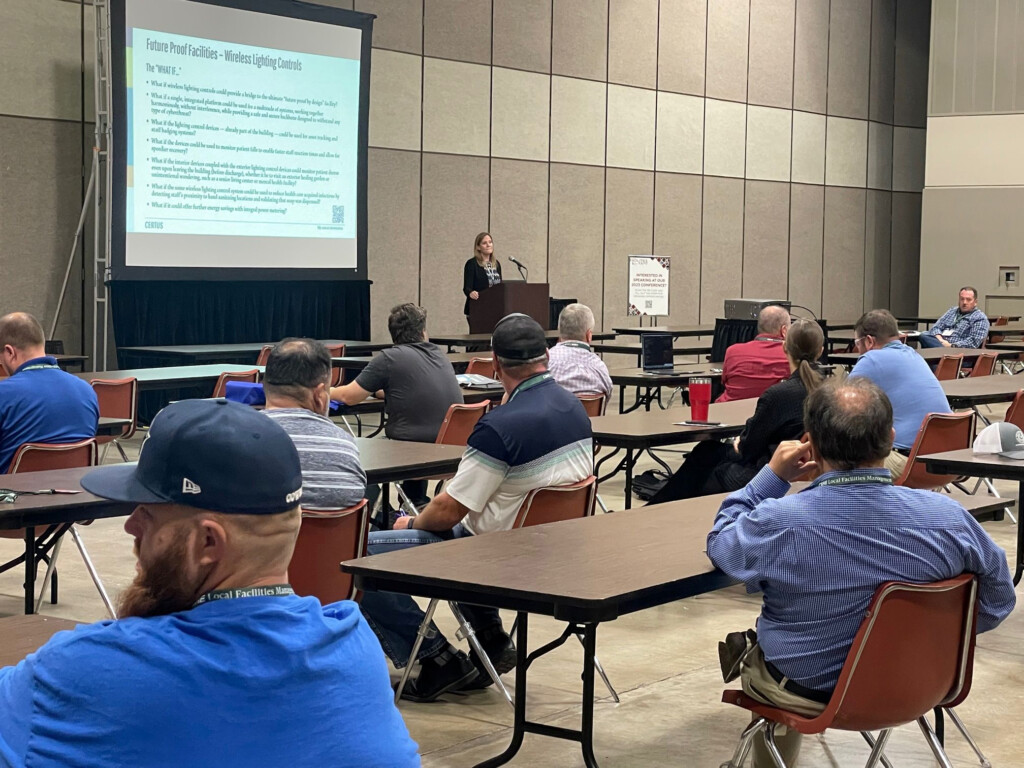
What inspired you to launch your own engineering firm and how did diversity and inclusion factor into that decision from the beginning? Were there specific challenges or gaps you saw in the industry that you wanted to address?
I was working for a leading engineering firm where I had built a strong reputation through relationships and quality work. As I advanced further into leadership, I found myself pulled away from what I loved most — engineering and connecting with clients. I enjoyed the business side, but I started to feel like my true strengths were being underutilized. I didn’t want to become disconnected from the work that inspired me in the first place.
Starting my own firm was a chance to reclaim that passion and to help shape a company culture that values people, not just process. From the beginning, diversity and inclusion were natural priorities. As a woman in a male-dominated field, I had seen firsthand how important representation and opportunity are. I wanted to create a space where different voices were heard, respected and empowered to lead, not just included, but truly supported.
When you were building your team, what intentional steps did you take to ensure diversity — in background, thought and experience? How do you measure the impact of those decisions today?
One of my go-to lines when interviewing prospective team members is: “We’re engineers, we like to use our brains.” Our value lies in solving problems, not just drawing lines. That mindset is at the heart of our hiring process. We look for people who think critically, collaborate naturally and bring diverse perspectives to the table. Different backgrounds lead to different ways of approaching challenges and that’s where the best solutions are envisioned. We’re not focused on being like-minded; we’re focused on a shared goal.
At Certus, we emphasize to our team that as engineers, we can make a real difference. Our work in health care impacts the communities we live in. That shared sense of purpose helps unify diverse voices across our team and extends into how we collaborate with clients, clinical staff and contractor trade partners. Our projects are highly technical and demand innovative thinking, so we intentionally foster an environment where that innovation can thrive. The results show the strength of our culture, the creativity of our solutions and the pride our team takes in knowing that our work serves real people and real families.
Describe your biggest engineering challenge or business to date. How did you conquer or resolve it — or what was the outcome?
It’s hard to pick a single biggest challenge. Many of the projects I lead involve complex infrastructure upgrades within active hospitals that are incredibly challenging, but also incredibly rewarding.
One project stands out that was recently completed. We began designing nearly four years ago to upgrade the emergency power supply system for a 1.2 million square-foot hospital campus. The goal was to increase resiliency and redundancy by planning for a generator plant that supported the campus needs and was expandable up to 10 megawatts. The scope included new paralleling switchgear, automatic transfer switch upgrades, increased onsite fuel storage and the addition of the cooling plant to the emergency power system. At the same time, we had to decommission some of the hospital’s oldest infrastructure including the aged generators and paralleling switchgear, without disrupting power to a 24/7/365 facility.
The greatest challenge was logistics — how to phase the replacement of the entire emergency power system while maintaining service and minimizing disruptions. Through detailed system studies and outstanding team collaboration, we planned a new location for the upgraded equipment and developed a carefully sequenced two-year phasing strategy to switch over services safely and effectively.
These are the engineering feats I love: solving complex problems with smart planning and great teamwork. While the hospital experienced some short-duration shutdowns, the project went incredibly smoothly. I’ll admit, I lost a few nights of sleep worrying about every possible failure mode, but in the end, everything worked as planned. The hospital now has a much more robust and reliable emergency power system that will serve them well for decades to come.
In your opinion, what more can be done to increase participation of young people in underrepresented communities in engineering today?
We need to be intentional about outreach at a younger age such as getting into schools and connecting with students in a way that feels personal and meaningful. Not necessarily through formal seminars, but more like a “big brother/big sister” approach — informal, one-on-one and relationship-based. The goal isn’t just to explain what engineering is, but to show why it matters. It’s about making it real and relevant by showing how engineers impact their communities such as improving hospitals, designing safer infrastructure and solving real-world problems.
Exposure and access are key. Many young people, especially those in underrepresented communities, don’t pursue engineering simply because they don’t see it as a viable or relatable option. There are small but powerful ways we can change that, starting with early, personal exposure that helps them imagine themselves in these roles.
How do you balance maintaining technical excellence while also mentoring and developing talent from nontraditional or underrepresented backgrounds?
Just as my mentors taught me, I strive to lead by example. I involve team members in real project challenges, provide guidance and encourage questions. With trust and support, diverse perspectives are allowed to thrive and delivering high-quality projects becomes a shared goal, not just a standard I uphold alone.
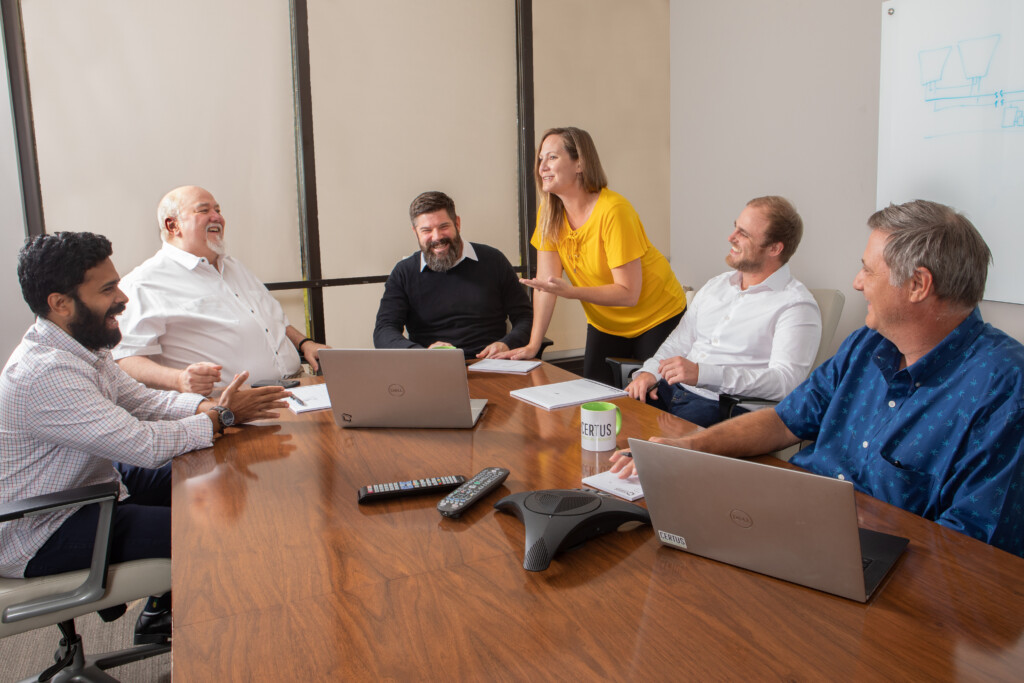
What unique perspective do you think diverse teams bring to engineering or design projects?
When designing electrical systems for hospitals, there’s rarely one “right” answer. Complex projects benefit from diverse perspectives and each team member may see a different solution. Encouraging multiple approaches leads to more creative, thoughtful and effective outcomes that ultimately serve the facility, its staff and the patients they support.
How can those new to engineering develop confidence in the workplace? What safeguards would you recommend to minorities who are aiming to minimize mistakes? Any comments on learning from mistakes yourself?
I once told a junior engineer — after we’d talked through a mistake and I saw the crushed look on his face — “I get it. It was a tough day for me too when I realized I wasn’t perfect.” Of course, I said it in jest and followed up with a few real examples of mistakes I’ve made throughout my career.
The truth is that confidence comes from experience and experience includes mistakes. What matters most is how you respond. I make a point to bring team members into the field with me when something goes wrong. Not to point fingers, but to give them firsthand experience in solving problems under pressure, working through solutions and seeing how we overcome challenges together. Mistakes are part of the process. If you show up to fix the issue and support the team, it’s not the error that people remember at the end of a project, it’s the success that came from working through it.
If you had unlimited time to apply your engineering background, what global challenges would you be interested in tackling?
As an electrical engineer, the obvious answer is clean, renewable power. I live in Texas and if you ever drive through West Texas, you see the landscape dotted with wind turbines, often as far as the eye can see.
However, I don’t think the general public understands the amount of energy required to manufacture, transport and construct them or the amount of energy production required to charge all these “clean” electric vehicles. I would love to help find truly sustainable energy solutions that not only reduce the strain on limited natural resources, but also expands global access to reliable, affordable power.
What advice would you give to other women or underrepresented engineers considering launching their own firms or stepping into leadership roles in commercial building design? What do you wish you had known at the beginning of your journey?
Lead with integrity, say what you mean and do what’s right — no matter what. Care about the people around you because relationships are key in building your business and will take you further than you imagined, it did with me. So don’t try to be someone you are not. Be a leader who inspires others and focus on leaving a legacy one person at a time. Mentor, train and share your journey because success includes preparing the next generation. Finding and growing the right talent will be one of the hardest, yet most important, parts of building a business. And most of all, keep doing meaningful work that makes a difference so you always enjoy what you do. Life is too short to live it any other way.
